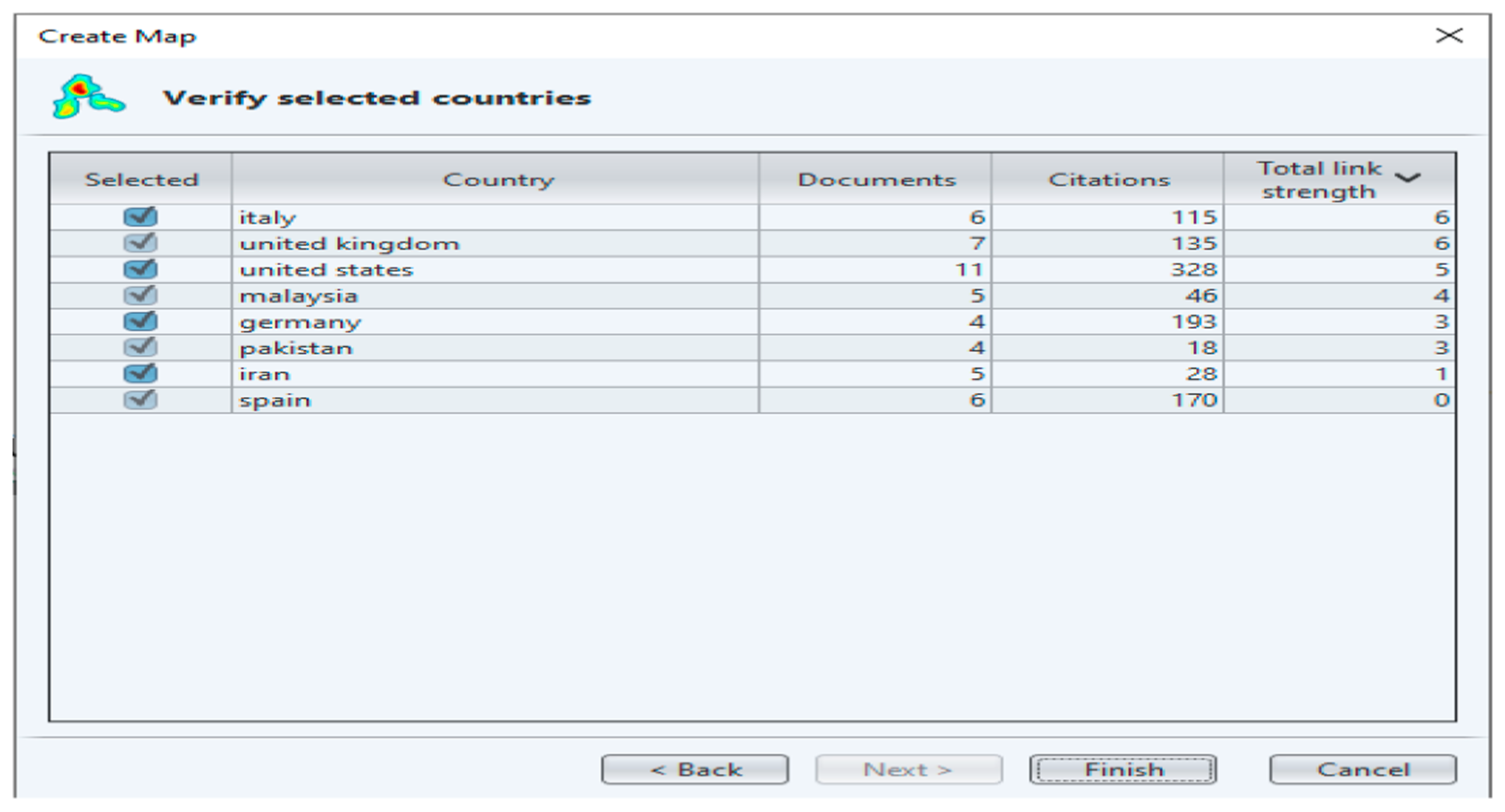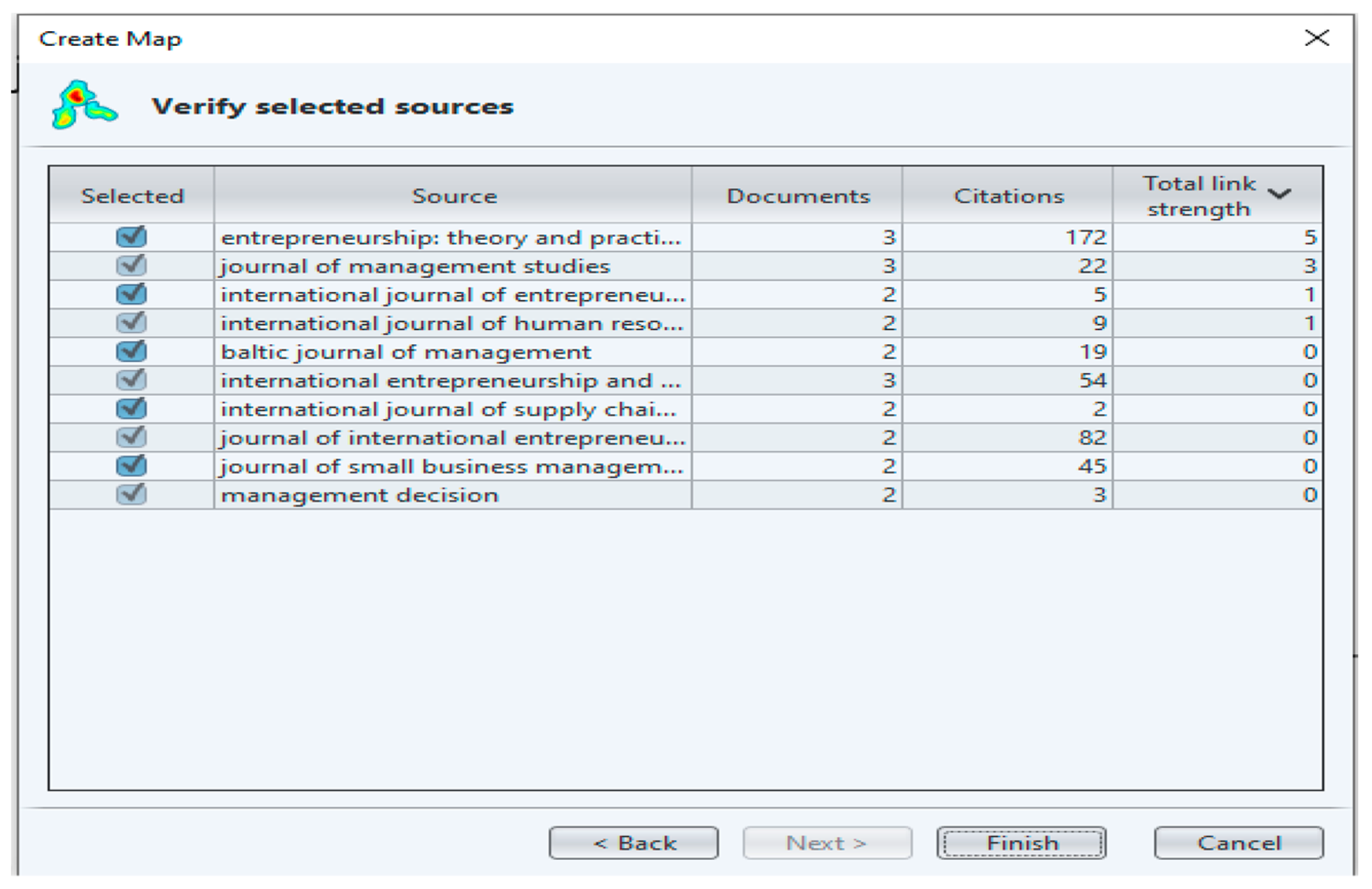Corporate entrepreneurship (CE) research in family businesses or SMEs is sparse in Scopus-indexed journals. A In this study, a thorough discussion is presented that touches on actors, variables consisting of behaviors and activities, and outcomes in the form of financial and non-financial performance. This research aims to provide a comprehensive picture of the influence of the actors in the company by motivating each variable to achieve a particular kind of performance.
- corporate entrepreneurship
- family business
- small and medium enterprise
- structured literature review
- bibliometric analysis
- entrepreneurial orientation
- firm performance
1. Introduction
The innovation process consists of developing new products, services, processes, and business model innovations.
The strategy formulation process consists of internal and external strategies for the sustainable regeneration and renewal of the company.
Corporate entrepreneurship (CE) is essential for a family business for its long-term durability (Eddleston et al. 2012 Eddleston et al. 2012 ), and it is significant for the entrepreneurial spirit of an individual manager in exploring all opportunities and business ideas (Hornsby et al. 2009 Hornsby et al. 2009 ). Most researchers state that managers from family groups have high motivation to advance the company, and non-family managers are associated with two categories: motivation and behavior (Kotlar and Sieger 2019 Kotlar and Sieger 2019 ). The knowledge and expertise of a manager are not always available in family businesses because the family members or the owner will recruit several managers from outside as talent (Gedajlovic et al. 2004 Gedajlovic et al. 2004 ). Research on CE in family businesses involves both internal and external managers or top management teams (TMT).
Family firms can be divided into three elements, i.e., ownership, control, and management, which can have positive or negative consequences for the company ( Villalonga and Amit 2006 ). In terms of ownership, this may be direct for a shareholder of a company or both direct and indirect control for the appointed management of a company or a board of directors ( Gonzalez et al. 2019 ). The director, chairman, or CEO is the highest-ranking leader in the company, and their title depends on the level of the company and the size of the company. Family companies or SMEs are usually led by a director from the family or from outside.
2. Development and Findings
This section aims to explain the results of the literature analysis in order to answer this study’s first two research questions, RQ1 and RQ2. The content of this section is divided into article description and article analysis.
Geographical analysis of published articles considers the distribution of published articles by country and the relative citations by country ( Figure 12 ). The criteria included in VOSviewer are a minimum number of four articles and four citations in one country. In this analysis, therwe arefound eight countries with the highest number of articles, the United States with eleven articles, and the UK with seven articles. The highest number of citations came from the USA, with 328 citations, and the second highest was from Germany, with 193 citations. For Asian countries, the most articles were from Malaysia, with 5 articles with 46 citations, and Iran, with 5 articles with 28 citations.

The following analysis considered the publication sources of several articles in the study, with the criteria of a minimum number of two articles and two citations for each source ( Figure 23 ). The data indicated that the most prevalent sources were Entrepreneurship: Theory and Practice , the Journal of Management Studies , and the International Entrepreneurship and Management Journal , with as many as three articles. The highest number of citations was generated by Entrepreneurship: Theory and Practice , with 172 citations, followed by the Journal of International Entrepreneurship , with 82 citations, and the International Entrepreneurship and Management Journal , with 54 citations.

Article analysis was concluded by dividing the articles based on the actors (first column), attributes (second column), and outcomes (third column). The analysis of all articles is presented in Table 15 .
3. Conclusions and Future Research
Research on CE in family businesses and small companies is still relatively rare and only focuses on large companies or large multinational companies. In the previous studies, CE research focused on large companies, multinational corporations, and particular industries. Opportunities for conducting research in CE for family businesses and SMEs are still numerous for this community of scholars and researchers. Exploring such issues through theoretical and empirical contributions in family businesses and SMEs would be a promising avenue of future research.
There are not many instances of research in which family members of the company are regarded as actors in the study. Research on family businesses could be comprehensive if there is involvement from family members and owners, and this could be considered in further research in the future. Scholars in the family business field have not explored the correlations among relatives as actors in the family business. According to these gaps, there are many topics and opportunities for future research in CE in family businesses.
RWe believe that research on CE in family businesses will bring many benefits for entrepreneurs to raise the level of their companies from an established family business to a more reputable company. This SLR research contributes to further research demonstrating the potential for novelty in CE in family businesses, especially regarding entrepreneurship. We hope that the results of articles or studies on research on CE in family businesses will be included in journals that are recognized and have a significant impact in terms of entrepreneurship so that they are helpful for academics and practitioners.
This study also has seve use ral limitations that affect the results of the literature review. The use of the corporate entrepreneurship keyword and the deepening of articles based on family businesses and SME were limited to journals indexed by Scopus, resulting in the possibility that many articles suitable for review were not included. Suggestions for further research include adding references from several other publication sources, especially to increase the depth of CE research from the family business side. We hope that the results of articles or studies on research on CE in family businesses and SMEs will be included in prominent, high-impact journals such as Scopus in the future.
